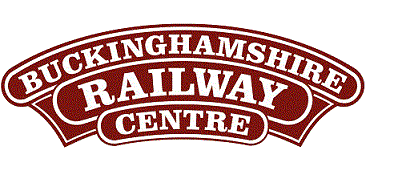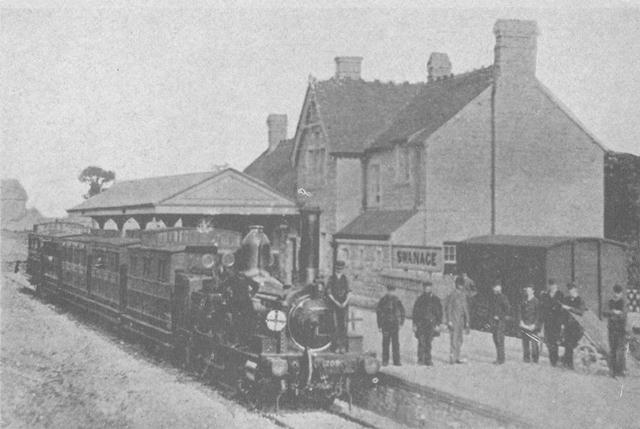
BRC Website Home
Quainton Virtual Stockbook
Rebuilt LSWR 0298 Class 2-4-0 Well Tank No. 0314
Miscellaneous Quainton Publications
The Centenary of the Beattie Well Tank at Quainton

BRC Website Home
Quainton Virtual Stockbook
Rebuilt LSWR 0298 Class 2-4-0 Well Tank No. 0314
Miscellaneous Quainton Publications
The Centenary of the Beattie Well Tank at Quainton
The Country Branch Lines

Photo: |
|
For working country branch lines the well tanks were absolutely ideal. Their flexible wheelbase was only 12ft 6in and they had a low weight of less than 34 tons which was evenly distributed over the three axles. These features suited them to the lightly laid permanent way often used on the branch lines and by July, 1868 ten of the class were reported to be employed on these services. In the eighteen sixties many new branches were added to the South Western's system; the line to Exmouth was opened in 1861, the Ringwood to Christchurch line in 1862, the Stokes Bay, Chard and Bishops Waltham branches in 1863, to Portland in 1865, and to Seaton in 1868. Other country towns were served by branch lines in the seventies and eighties and our picture shows 2-4-0WT 209 at Swanage which was connected to the main line at Wareham in 1885. One of the well tanks, Comet, illustrated 3 pages previously, served in the Isle of Wight between 1872 and 1875 when it was hired by the South Western to the Isle of Wight (Newport Junction) Railway to work between Sandown and Newport via Merstone. The well tanks were also very useful for light mixed or secondary passenger trains in the provinces. The locomotive depots at Guildford, Southampton (Northam), Salisbury, Portsmouth, Bournemouth, Dorchester and Exeter all had their allocation of these exceptionally flexible and economical engines, popular to enginemen and shed staff alike! Reference: |
|
Notes: |
Text © Quainton Railway Society / Photographs © Quainton Railway Society or referenced photographer
Email Webmaster
Page Updated: 15 October 2017